Choosing the Best Adventure Riding Gear
Weather has a massive impact on the enjoyment factor of adventure riding. If you have the right gear to keep dry and warm on the cold days, plus keep you well-ventilated and cool on the hot days, it is entirely possible to have a great day on the bike whatever the weather. However, one sure-fire way to make your riding trips utterly miserable, is to have inadequate riding gear.
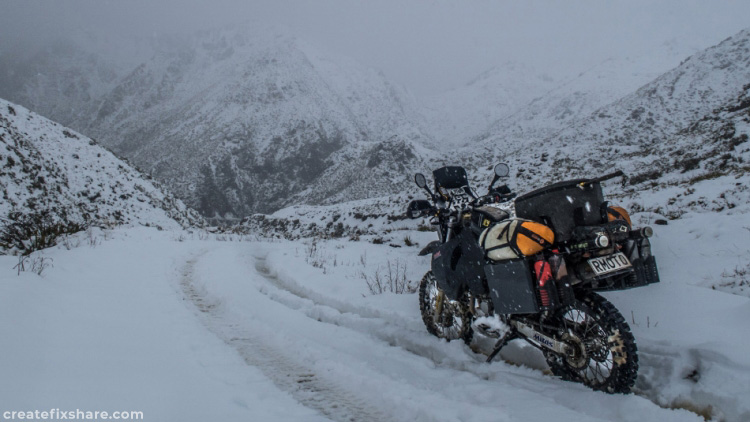
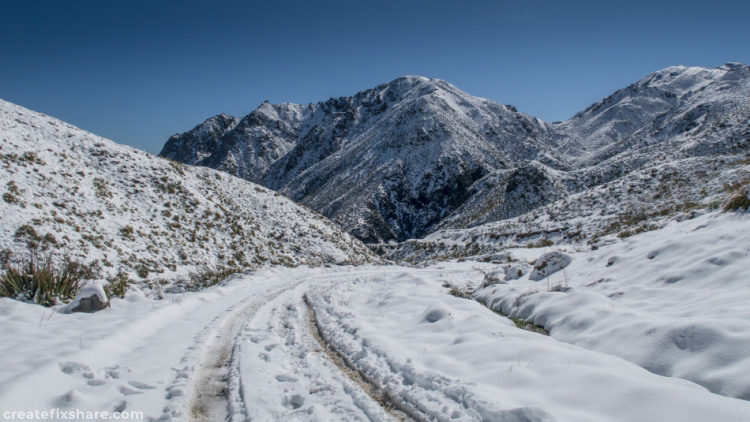
Adventure Gear - Layered Or Shell
Many conventional or low priced adventure jackets and pants use a layered system. This is where the garments have an outer abrasion protective layer and a waterproof layer. In some cases, they may also have a thermal layer.
Commonly these layers are removable. As long as the waterproof layer is in good nick, these types of jackets will keep you dry. However, the outside of the garment is not actually waterproof, only the waterproof layer on the inside is. What this essentially means is that the garments can become waterlogged and heavy when riding in rain. On cold rainy days it's like riding around with a wet heavy icebox attached to your body.
In my early days of adventure riding I experienced this first hand and can assure you it is a very unpleasant experience, especially when enduring this on multi-day trips.
Technology for riding garment construction has evolved considerably over the last few years. A very successful and modern method of producing adventure riding garments is to adhere a waterproof membrane (normally Gore-Tex) to the inside of the jacket’s outer layer. This essentially creates a waterproof “shell”. The rain doesn't soak into the garment itself as it is blocked by the outer layer. The result means you stay warm, dry, and don't have to muck around with removable waterproof liners. Brilliant!
For countries where rain can be regularly encountered, having a modern shell type garment is a great option. There are an increasing number of manufacturers now producing modern shell style garments. Klim have certainly led the way in this department but there are other reputable companies that also offer this style.
If you only head away on the bike on fine weather days or very infrequently ride in the rain, then conventional layer system jackets and pants will likely be prefectly fine. There are a high number of layered jacket options to choose from in a wide range of budgets and styles.
Adventure Jacket and Pants Ventilation
Ventilation is extremely important when riding off-road in hot weather to avoid overheating. Overheating invokes fatigue and wears you out very quickly. The ventilation applies to both the jacket and pants. If you compare road riding gear ventilation to adventure riding gear ventilation, there is a massive difference in the size of vents, and the number of vents.
Some of the modern road riding gear looks fantastic but it has insufficient ventilation for adventure riding and will cook you from the inside out if you try and use it off-road. If the type of adventure riding you do will see a good portion of time riding off-road then try and get gear with the biggest vents possible. You’ll be so glad you did on the next sweltering hot summers day!
Adventure Jacket and Pants Recommendations
When I first started adventure riding I purchased a low-priced adventure jacket and pants. With all the costs of setting up an adventure bike and all the riding gear this was really all I could afford. While the gear was waterproof at the start, it only took a few months of regular riding for the waterproof liners to start leaking.
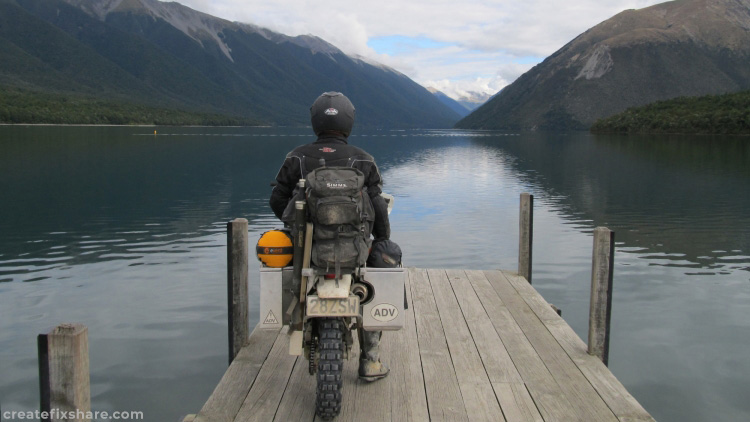
I vividly remember a New Zealand High Country trip where the rain was pounding and the budget priced jacket exposed its weaknesses. The outer shell became waterlogged, heavy and acted like a blanket of ice around me. Then, the rain started seeping in through the waterproof liners. Pure misery is a good way to describe how I felt as I became wet and cold to the bone. I learnt a very valuable lesson that day about cheap gear not being suitable for dealing with extreme weather.
Over the years I've tried a number of different brands. There are some really good riding gear manufacturers out there however I have really gained a lot of respect for Klim gear. It is unquestionably very expensive gear, but staying warm, dry and being able to enjoy riding whatever the weather, makes it worth every cent.
A good example of comparing riding gear in extreme weather was a group ride in January 2016. Six of us took on the challenge of the Adventure Guide 11 day Rocky Ridges Exploration Route in New Zealand. This route is a challenge in good weather so the barrage of rain, hail, snow and freezing temperatures made it a true test.
Long story short, 11 days later; only two riders made it to the end and completed the Rocky Ridges route. It was no coincidence that both of us were wearing Klim gear. The four other riders had riding gear that simply wasn't up to the task. They became cold, wet, miserable and ended up bailing out on day #5.
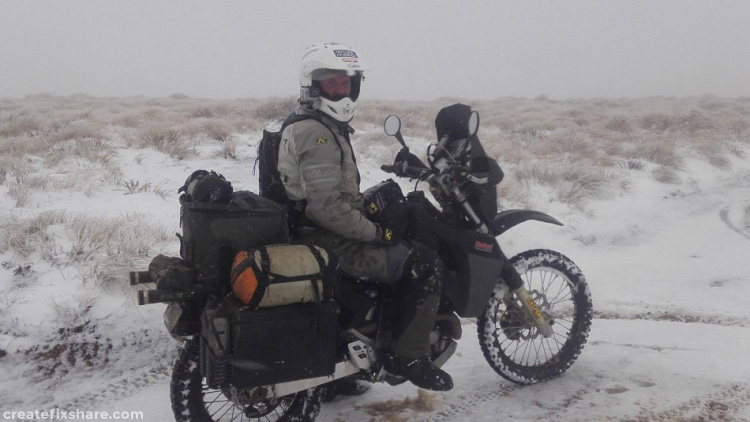
While I have a few different Klim jackets and pants, one of my favourites is the Traverse gear. This is one of the lowest price garments in the Klim range, but this is not why I choose to use it. I use it because the Traverse gear is a simple, durable, lightweight shell with no fancy frills. The Traverse gear doesn’t have D30 protection like most of the other Klim garments. However, for riders like me this is not a negative, this is actually a positive. Because I ride with a full D30 body suit and D30 knee pads, the Traverse gear slips over the top of my protective gear that provdives me lightweight, well-ventilated, durable, waterproof gear at a good price. Perfect!
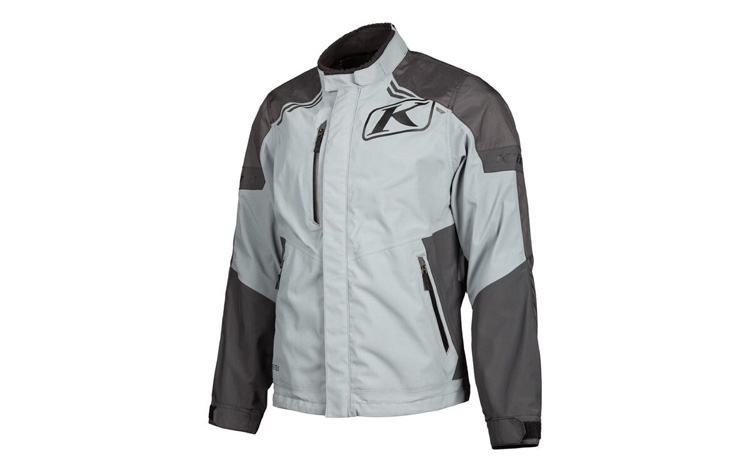
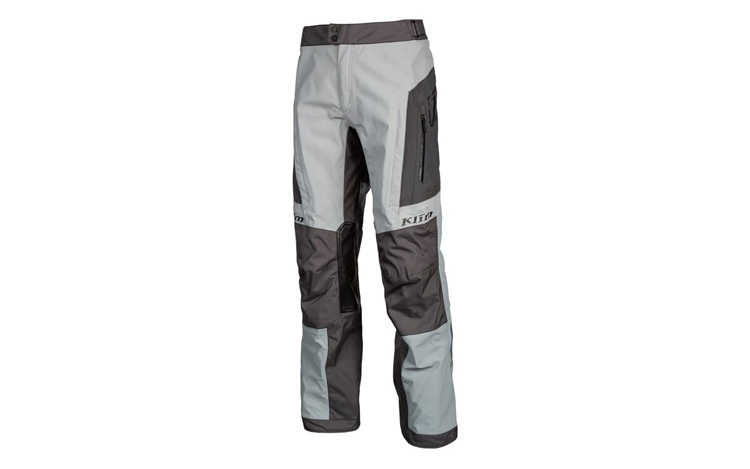
In closing, if you are going to sink your teeth into riding that takes you in places that present extreme weather variations, then investing in good quality gear is something you will never regret.